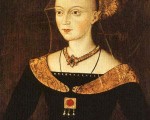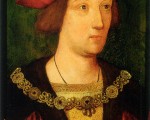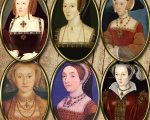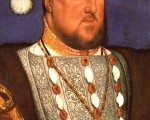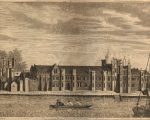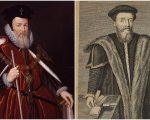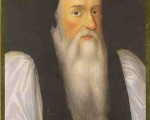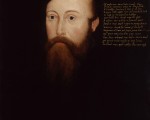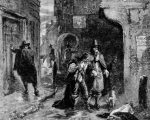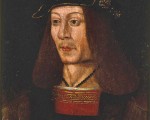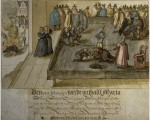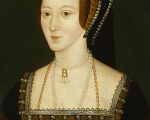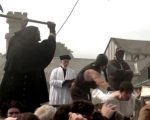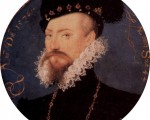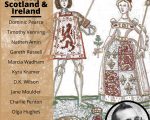On this day in history, 14th September 1538, the Shrine of Our Lady of Caversham, near Reading, was destroyed by Dr John London, on the orders of Henry VIII. The shrine had been established in 1106.
London wrote to Thomas Cromwell on 17th September to confirm the shrine’s destruction:
“Has pulled down the image of Our Lady at Caversham, whereunto was great pilgrimage. It is plated over with silver. Has put it in a chest fast locked and nailed up, and will send it by next barge to London. Has pulled down the place she stood in with the lights, shrowds, crutches, images of wax &c. about the chapel, and defaced the same thoroughly. This chapel belonged to Notley Abbey and there was always a canon of that monastery warden of Caversham, who sang in chapel and had the offerings. He was accustomed to show many pretty relics, among others the holy dagger that killed King Henry, and the holy knife that killed St. Edward. All these with the coats of this image, her cap and hair, my servant will bring your Lordship next week. Has sent the canon home to Notley and made fast the doors of the chapel, the lead of which, if desired, he will make sure for the King: otherwise it will be stolen by night,—as happened at the Friars, where they took the clappers of the bells, and but for the aid of Mr. Fachell and the mayor they would have made no little spoil. Reading, 17 Sept.”
[Read More...]
